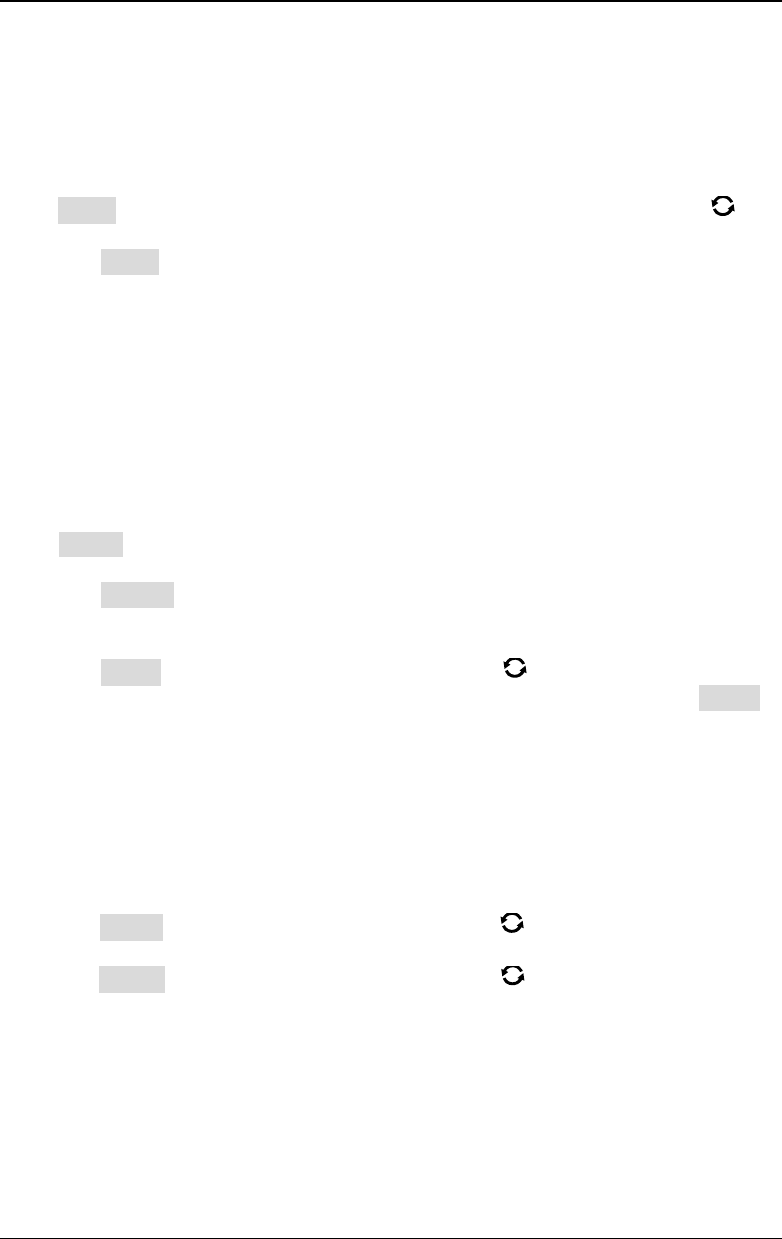Instructions
Table Of Contents
- Guaranty and Declaration
- Safety Requirement
- MSO5000-E Series Overview
- Document Overview
- Quick Start
- General Inspection
- Appearance and Dimensions
- To Prepare for Use
- Front Panel Overview
- Rear Panel Overview
- Front Panel Function Overview
- User Interface
- Touch Screen Controls
- Parameter Setting Method
- To Use the Kensington Security Lock
- To Use the Built-in Help System
- To View the Option Information and the Option Installation
- To Set the Vertical System
- To Set the Horizontal System
- To Set the Sample System
- To Trigger the Oscilloscope
- Trigger Source
- Trigger LEVEL/Threshold Level
- Trigger Mode
- Trigger Coupling
- Trigger Holdoff
- Noise Rejection
- Trigger Type
- Edge Trigger
- Pulse Trigger
- Slope Trigger
- Video Trigger
- Pattern Trigger
- Duration Trigger
- Timeout Trigger
- Runt Trigger
- Window Trigger
- Delay Trigger
- Setup/Hold Trigger
- Nth Edge Trigger
- RS232 Trigger (Option)
- I2C Trigger (Option)
- SPI Trigger (Option)
- CAN Trigger (Option)
- FlexRay Trigger (Option)
- LIN Trigger (Option)
- I2S Trigger (Option)
- MIL-STD-1553 Trigger (Option)
- Zone Trigger
- Trigger Output Connector
- Operations and Measurements
- Digital Voltmeter (DVM) and Frequency Counter
- Power Analysis (Option)
- Histogram Analysis
- Digital Channel
- Protocol Decoding
- Reference Waveform
- To Enable Ref Function
- To Select the Reference Channel
- To Select the Ref Source
- To Adjust the Ref Waveform Display
- To Save to Internal Memory
- To Clear the Display of the Reference Waveform
- To View Details of the Reference Waveform
- To Reset the Reference Waveform
- Color Setting
- Label Setting
- To Export to Internal or External Memory
- To Import from Internal or External Memory
- Pass/Fail Test
- Waveform Recording & Playing
- Search and Navigation Function
- Display Control
- Function/Arbitrary Waveform Generator (Option)
- Store and Load
- System Utility Function Setting
- Remote Control
- Troubleshooting
- Appendix
- Index

Chapter 7 Digital Voltmeter (DVM) and Frequency Counter RIGOL
MSO5000-E User Guide 7-3
Note: Even if the analog channel (CH1 or CH2) is not enabled, you can still perform
the DVM measurement.
To Select Measurement Mode
Press Mode in the "DVM" setting menu, then rotate the multifunction knob to
select the desired mode, and then press down the knob to select the mode. You can
also press Mode continuously to select the mode or enable the touch screen to tap
the desired mode and select it. The DVM measurement modes include AC RMS, DC,
and AC+DC RMS.
AC RMS: displays the root-mean-square value of the acquired data, with the DC
component removed.
DC: displays the average value of the acquired data.
AC+DC RMS: displays the root-mean-square value of the acquired data.
To Set the Limits
Press Limits to enter the sub-menu of Limits. Then set the following parameters.
Beeper
Press Beeper continuously to enable or disable the beeper.
Limits Condition Setting
Press When, then rotate the multifunction knob to select the desired limit
setting condition. Press down the knob to select it. You can also press When
continuously or enable the touch screen to select it. The limits conditions include
"In Limits" and "Out Limits".
In Limits: when the voltage value is within the limits, you can enable or
disable the beeper to sound an alarm.
Out Limits: when the voltage value is outside of the limits, you can enable
or disable the beeper to sound an alarm.
Upper/Lower Limit Setting
Press Upper, then rotate the multifunction knob or use the pop-up numeric
keypad to set the upper limit of the voltage.
Press Lower, then rotate the multifunction knob or use the pop-up numeric
keypad to set the lower limit of the voltage.










